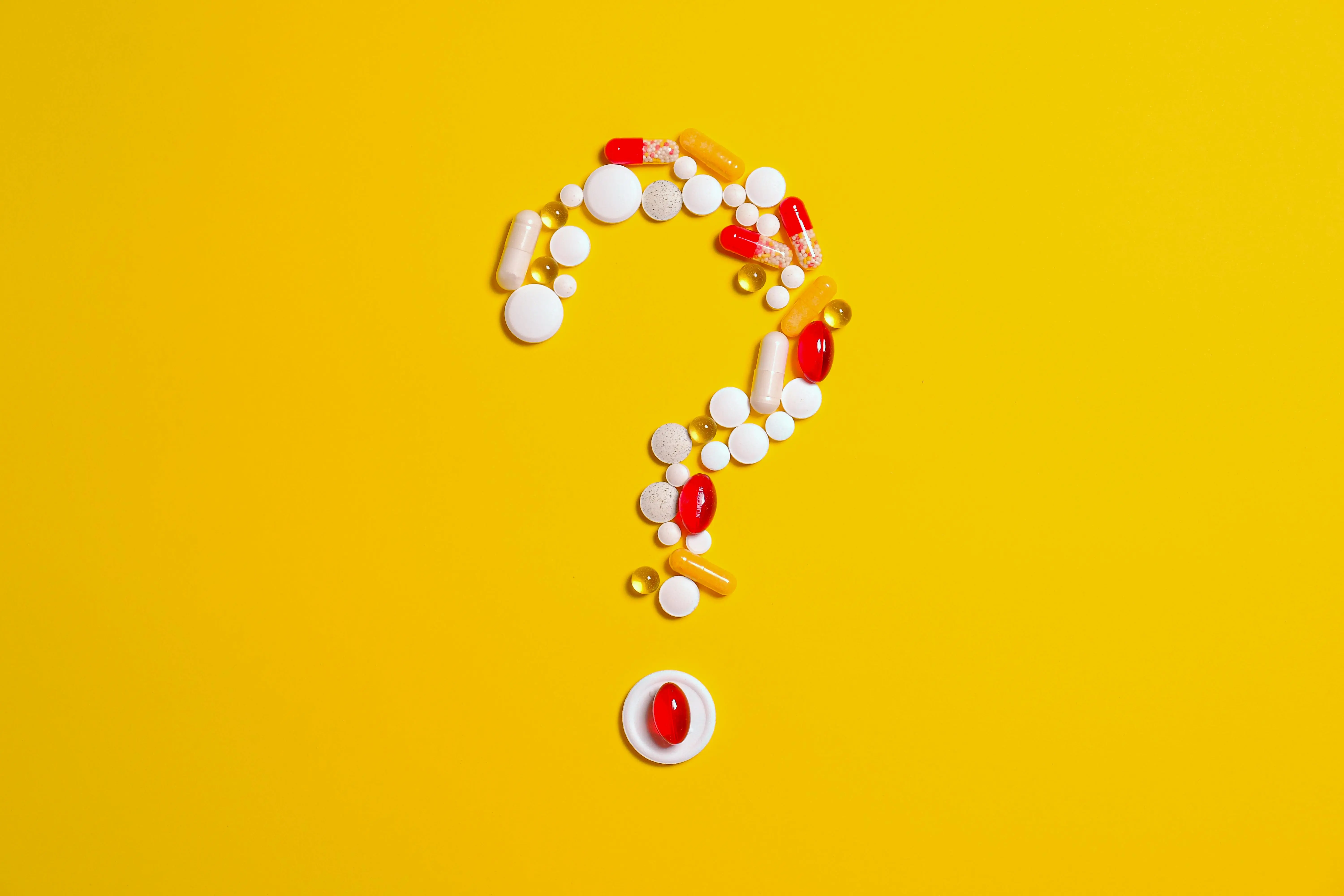Gender identity and Autism
July 16, 2025

The following information and resources have been provided courtesy of The Lurie Center for Autism, a program of Massachusetts General Hospital and Mass General for Children.
The Lurie Center for Autism is committed to advancing treatments for and knowledge about Autism Spectrum Disorder (ASD) and other developmental disorders, and translating these discoveries into exceptional clinical care. A program of Massachusetts General Hospital and Mass General for Children, The Lurie Center is a multidisciplinary treatment, research, training, and advocacy organization dedicated to supporting individuals and their families across the lifespan.
This resource is intended to provide information so that you can be better informed. It is not a substitute for medical advice and should not be used to treat any medical conditions.
Gender identity and Autism – Existing on a spectrum
Just as our understanding of Autism continues to change and grow, so does our understanding of gender. Gender, like Autism, exists on a spectrum.
What is gender identity?
Gender identity refers to a person’s sense of their own gender. Some individuals identify as the sex they were assigned at birth, but others do not. Current practice recommends use of the term “cisgender” to refer to individuals whose gender matches their sex assigned at birth. Yet, there are many individuals whose gender does not always correspond to the sex they were assigned at birth. There is a spectrum of gender identities including non-binary, genderfluid, transgender, agender, genderqueer, bigender, and others, which are often collectively referred to as “gender-diverse.”
Gender identity tends to be more varied among individuals on the Autism spectrum than the general population, with several studies showing that gender-diverse people are more likely to have Autism than cisgender people (Walsh et al., 2018; Warrier et al., 2020). A large-scale study, using five cross-sectional data sets consisting of over 600,000 individuals, found gender-diverse individuals were 3 to 6 times as likely to be Autistic than were cisgender individuals, after controlling for age and educational attainment (Warrier et al., 2020). Further, gender identity and an individual’s path towards establishing their own gender identity is a fluid process. For some individuals, gender identity and expression may fluctuate over time.
Why is gender diversity more prevalent in Autistic individuals?
Leading theories and research suggest that social experiences are a large contributor to our gender identity. In an interview conducted by Spectrum News with John Strang, Psy.D., director of the Gender and Autism Program at Children’s National Hospital, Dr. Strang refers to emerging research that Autistic individuals may be less influenced by social norms and thus present a more authentic version of their internal self (Dattaro, 2020). When we are less adherent to social conventions, it may be easier to express a gender-diverse identity and allow for feelings beyond traditional gender categories. In addition, different thinking styles, social differences, and sensory sensitivities have also been attributed to why there is an increased prevalence of gender-diversity in Autism (Cooper et al., 2022).
Supporting gender diversity and Autism
One conclusion, however, is abundantly clear – children, adolescents, and adults experiencing issues around gender identity need the support of their family and community. For families, this means listening, respecting, and supporting Autistic individuals as they navigate learning to express themselves. Help advocate for your family member within their own social circles, school, or healthcare setting.
For clinicians, adapting one’s practices to better meet the needs of Autistic patients can include modifying one’s assessment process (e.g., longer or shorter appointments, changing their communication style).
The impact of Autism and gender-diversity may be complicated for some individuals. Difficulties identifying and communicating one’s emotions, managing anxiety, and building relationships can thwart one’s ability to positively express gender diversity. The social-communication deficits intrinsic in Autism can make a challenging process even harder, particularly for those who experience distress about the incongruence of their gender identity and sex. However, there are growing resources and specialized services available at many major medical centers around the country. If needed, these specialists (e.g., psychologists, developmental behavioral pediatricians, psychiatrists, adolescent medicine specialists, etc.) can help support Autistic individuals and their families learn to adapt and adjust over time.
References
Cooper, K., Mandy, W., Russell, A., & Butler, C. (2022). Healthcare clinician perspectives on the intersection of autism and gender dysphoria. Autism: The International Journal of Research and Practice, 13623613221080316. https://doi.org/10.1177/13623613221080315
Dattaro, L. (2020, September 14). Largest study to date confirms overlap between autism and gender diversity. Spectrum|Autism Research News. https://www.spectrumnews.org/news/largest-study-to-date-confirms-overlap-between-autismand-gender-diversity/
Walsh, R. J., Krabbendam, L., Dewinter, J., & Begeer, S. (2018). Brief Report: Gender Identity Differences in Autistic Adults: Associations with Perceptual and Socio-cognitive Profiles. Journal of Autism and Developmental Disorders, 48(12), 4070–4078. https://doi.org/10.1007/s10803-018-3702-y
Warrier, V., Greenberg, D. M., Weir, E., Buckingham, C., Smith, P., Lai, M.-C., Allison, C., & Baron-Cohen, S. (2020). Elevatedrates of autism, other neurodevelopmental and psychiatric diagnoses, and autistic traits in transgender and gender-diverse individuals. Nature Communications, 11, 3959. https://doi.org/10.1038/s41467-020-17794-1
Revised 10/2022.
This is a div block with a Webflow interaction that will be triggered when the heading is in the view.
















.png)

